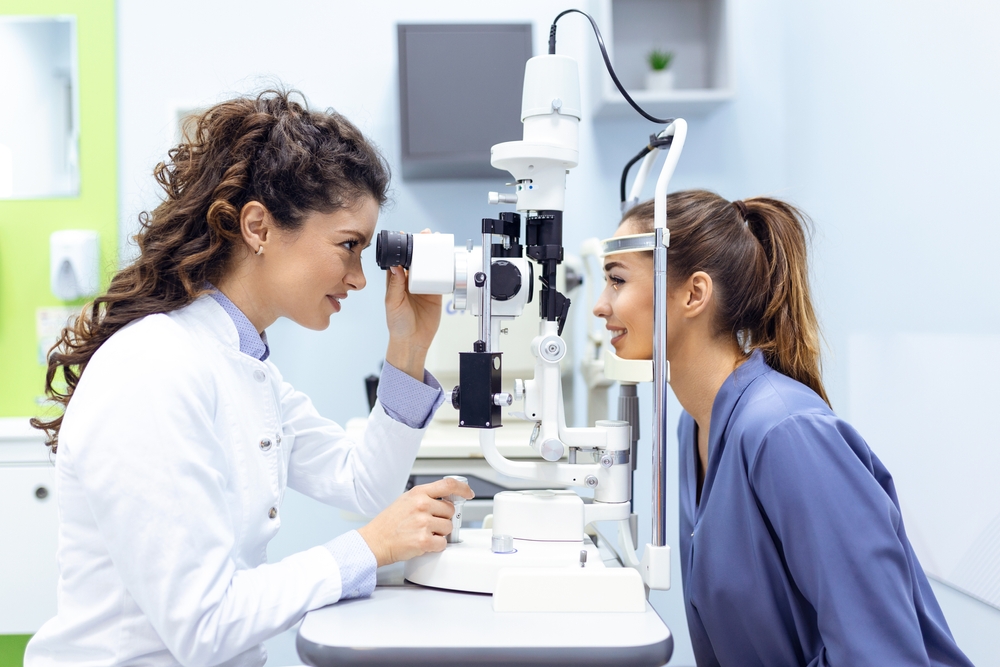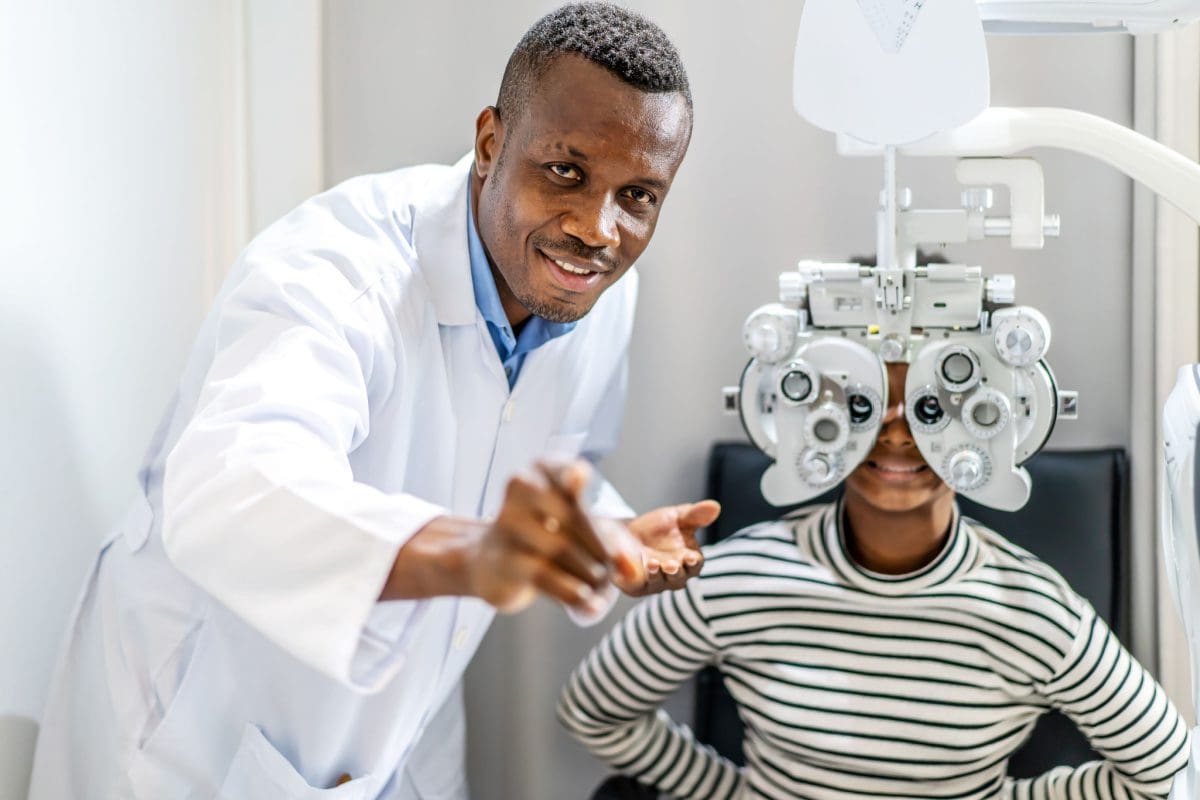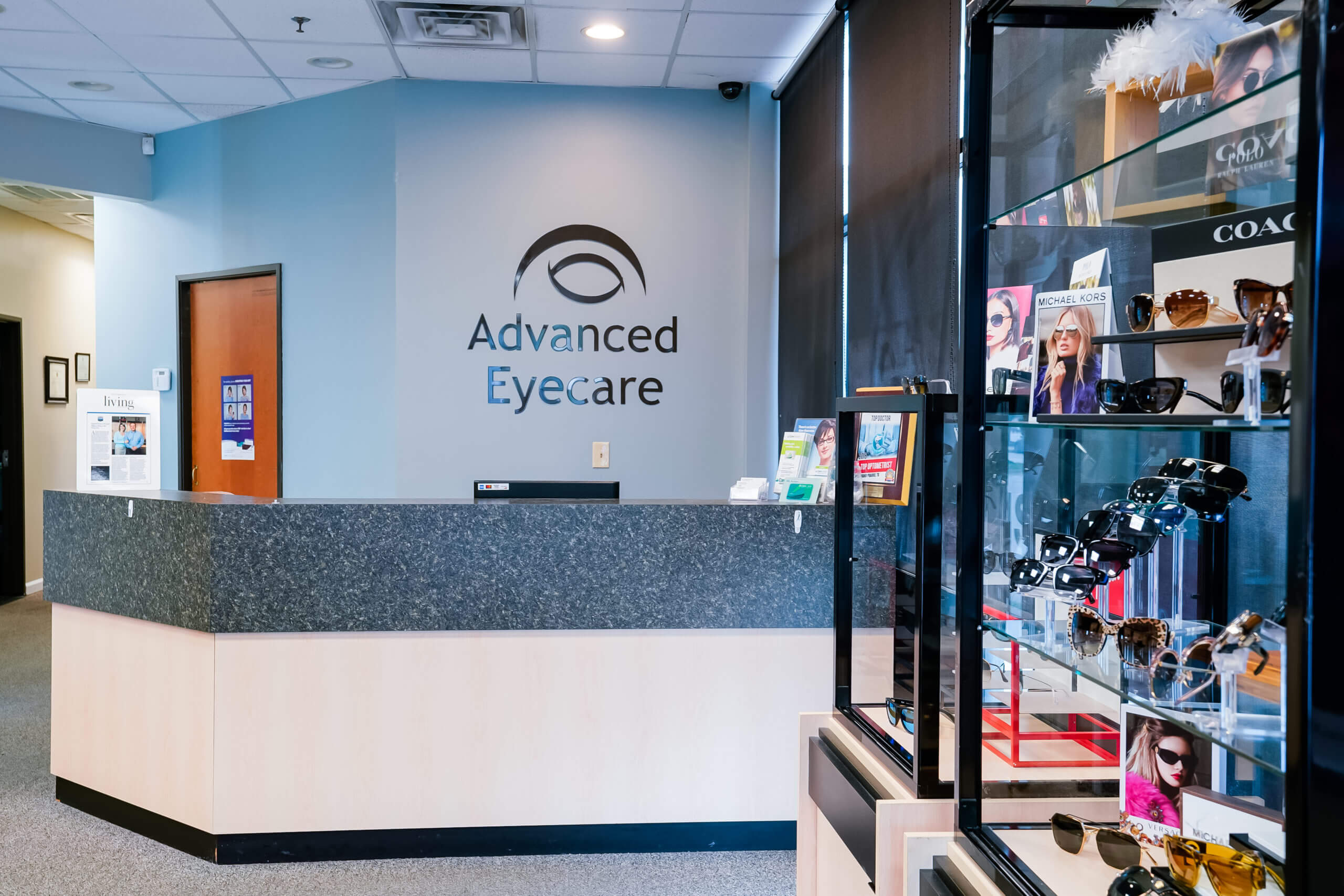The Complete Breakdown of Retina Disorders and Exactly How They Impact Your Vision
The intricate network of cells in the retina plays an important function in converting light right into the photos that allow us to regard the globe around us. Retina problems can interrupt this fragile process, resulting in a range of vision impairments. Understanding the intricacies of these problems is crucial for realizing just how they influence your vision and the potential ramifications they might carry your total eye wellness. By discovering the composition of the retina, typical disorders that can affect it, their reasons, signs and symptoms, and readily available therapy choices, we can get important insights into preserving and shielding our vision.
Review of Retina Makeup
The detailed structure of the retina serves as the structure for visual assumption and plays a vital role in the procedure of converting light right into neural signals for the mind to analyze. Located at the rear of the eye, the retina includes a number of layers that interact effortlessly to facilitate vision. At the core of this complex framework are photoreceptor cells recognized as cones and rods. Poles are in charge of vision in reduced light conditions and detecting movement, while cones are crucial for color vision and detailed aesthetic skill. These photoreceptor cells transform light energy right into electrical signals that are then processed by various other retinal cells, such as bipolar cells and ganglion cells. The bipolar cells beam from the photoreceptors to the ganglion cells, which in turn send out these signals via the optic nerve to the brain for visual processing. Recognizing the elaborate makeup of the retina is fundamental in comprehending exactly how vision features and how different retina conditions can impact visual assumption.

Common Retina Disorders
Retina conditions incorporate a series of problems that affect the complex structure of the eye accountable for aesthetic processing. One typical disorder is age-related macular degeneration (AMD), a leading reason for vision loss in individuals over 50. AMD impacts the macula, a component of the retina important for sharp main vision, bring about blurriness or blind places in the central visual field.
An additional widespread condition is diabetic retinopathy, happening in people with diabetes. High blood glucose degrees harm the blood vessels in the retina, resulting in vision problems or loss of sight if left unattended. Retinal detachment is a major condition where the retina retreats from its normal placement, creating an abrupt start of floaters, flashes of light, or loss of vision in a curtain-like pattern.
Lastly, retinitis pigmentosa is a group of congenital diseases that cause the breakdown and loss of cells in the retina, bring about evening loss of sight and a steady narrowing of the visual field - eye center andalusia. Comprehending these common retina conditions is vital in protecting vision and seeking timely clinical treatment
Causes of Retina Disorders
Different aspects contribute to the development of retina disorders, consisting of genetic predispositions, way of living selections, and underlying health and wellness conditions. Hereditary predispositions play a significant duty in many retina problems, such as retinitis pigmentosa and macular degeneration. Individuals with a household history of these conditions are at a greater threat of creating them as a result of inherited hereditary mutations influencing the retina's feature.
Lifestyle options can additionally affect retina wellness. Smoking, for example, has actually been linked to a boosted risk of age-related macular deterioration, a typical retina problem that can lead to vision loss. Poor dietary behaviors lacking vital nutrients like vitamins A, C, and E, along with omega-3 fats, can likewise contribute to the development of retina problems.
Underlying health problems, such as diabetic issues and hypertension, are understood to affect the retina. Diabetic retinopathy, a problem of diabetes mellitus, can cause damages to the capillary in the retina, causing vision impairment. In a similar way, hypertension can lead to hypertensive retinopathy, where high blood stress affects the capillary in the retina, potentially creating vision issues. Recognizing these reasons is crucial in protecting against and taking care of retina problems.
Symptoms and Medical Diagnosis
Offered the significant impact that causes such as genetic proneness, lifestyle selections, and underlying health conditions can carry the growth of retina disorders, it is important to identify the signs and symptoms and make use of efficient analysis approaches for early detection and administration. Signs and symptoms of retina problems can vary look at more info depending upon the certain problem but may include obscured or misshaped vision, the sudden appearance of advances or flashes of light, a dark area in the facility of your vision, or a steady loss of main vision. If you experience any one of these symptoms, it is important to look for immediate medical attention.
Early detection via routine eye tests is crucial to preventing vision loss and managing retina problems successfully. If identified with a retina disorder, your medical care company will function with you to create a customized therapy strategy to preserve your vision.

Treatment Options and Management
Treatment options for retina problems vary depending on the underlying reason and extent of the problem. In instances of retinal detachment, surgical interventions such as vitrectomy or scleral buckling may be required to reattach the retina and prevent vision loss.
Routine eye examinations and very early webpage discovery of retina disorders are vital for effective monitoring and therapy outcomes. Patients with retina problems need to function very closely with their eye doctor to establish a customized therapy plan that addresses their particular needs and assists preserve ideal aesthetic feature.
Verdict
To conclude, understanding the anatomy of the retina, common disorders, causes, symptoms, diagnosis, and treatment options is crucial in managing vision disabilities. Retina conditions can dramatically influence vision and lifestyle, making very early detection and appropriate management crucial. By remaining educated regarding these conditions and looking for appropriate treatment, individuals can better maintain their vision and preserve total eye health and wellness.

Comprehending the complex composition of the retina is basic in comprehending how vision features and just how numerous retina conditions can influence aesthetic assumption.
Retinal detachment is a serious disorder where the retina draws Our site away from its normal setting, triggering a sudden start of floaters, flashes of light, or loss of vision in a curtain-like pattern.
Signs and symptoms of retina problems can differ depending on the particular problem yet might consist of obscured or distorted vision, the sudden appearance of drifters or flashes of light, a dark area in the center of your vision, or a progressive loss of main vision.In conclusion, recognizing the composition of the retina, common disorders, triggers, signs and symptoms, diagnosis, and therapy alternatives is important in handling vision disabilities.